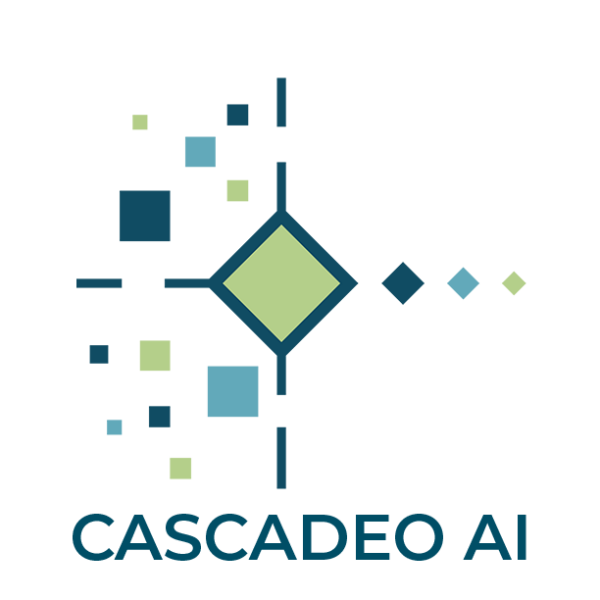
Cloud management doesn’t have to be difficult. Learn about the basic principles to keep your cloud responsive and optimized.
Enterprise Cloud Demands Effective Governance and Management
 As enterprise cloud adoption accelerates exponentially, effective management and governance practices become imperative. Without vigilance, the very benefits of agility, scalability and efficiency that make cloud computing so appealing can quickly spiral into sprawl, cost overruns, security risks and compliance failures.
As enterprise cloud adoption accelerates exponentially, effective management and governance practices become imperative. Without vigilance, the very benefits of agility, scalability and efficiency that make cloud computing so appealing can quickly spiral into sprawl, cost overruns, security risks and compliance failures.
As multi-cloud and hybrid infrastructure becomes the norm, IT administrators need consolidated visibility, security, automation and control to truly harness the cloud’s potential while minimizing its pitfalls. Here are 5 critical aspects for establishing robust cloud management:
Centralized Visibility and Control Across Environments
As cloud resources and workloads spread rapidly across private and public environments, IT oversight struggles to keep pace. Teams battle to govern infrastructure efficiently without unified visibility and control into the disparate components.
A cloud management platform serves as an integrated command center to shape consistent security policies, monitor granular performance metrics, and respond quickly to issues across heterogeneous infrastructure. Admins gain consolidated visibility into asset inventory, configurations, access controls, changes etc. through a single pane of glass. This is essential for governance at scale rather than poor visibility from fragmented native consoles.
Identity and Access Management
Managing user identities, credentials and permissions across hybrid cloud infrastructure is equally challenging with native tools. A cloud management platform brings together core capabilities like access request automation, role-based access control, adaptive multi-factor authentication and comprehensive auditing trails. This strengthens administrative governance and compliance together. Passwordless authentication further modernizes end-user experience and security.
Security and Compliance Assurance
While cloud promises built-in resilience, companies must still continually assess and mitigate risks from misconfigurations, data leaks, unauthorized exposure and more. A management platform enables continuous compliance monitoring against benchmarks, security gap identification and one-click remediation before problems escalate.
Tools assessing CIS, ISO, PCI standards also evaluate readiness. Granular visibility into user activities, alerts on anomalies and comprehensive auditing further harden security posture in the cloud. For location-based compliance needs, data sovereignty controls restrict storage to specific geographies.
Automation for Efficiency at Scale
Cloud’s scalability and flexibility can only be fully leveraged by extensively automating provisioning, deployment, resource optimization and remediation. Management platforms need native process automation, integration with infrastructure-as-code tools and auto-remediation to maximize operational efficiency.
Analytics-based rightsizing recommendations for workloads also help optimize usage and costs. IT staff is freed up from mundane tasks to focus on innovation through automation. Self-service access request portals further boost productivity.
Cost Governance and Optimization
As cloud usage grows exponentially across the business, granular visibility into consumption metrics, monthly/yearly spend by resource type, alerts on anomalies etc is imperative for cost control. Cloud management platforms provide such monetary governance capabilities for budgeting, showback/chargeback and strategic spending decisions.
Auto-scaling policies, reserved instance planning, storage optimization and de-provisioning of unused resources further contain expenses. Analytics-based reservation recommendations based on usage patterns also minimize waste.
Ongoing Innovation Through Emerging Practices
Mastering the above core aspects allows safely harnessing cloud’s potential while minimizing risk. But the journey does not end there. Continued innovation through emerging technologies like AIOps, automation and DevSecOps takes cloud success to the next level with predictive assurance, accelerated delivery and embedded security.






